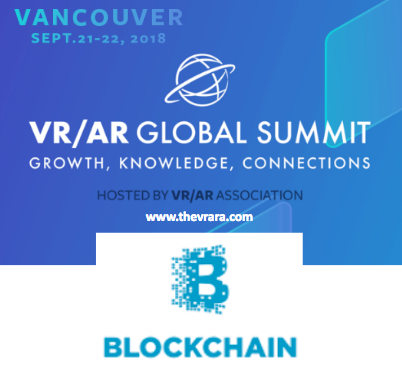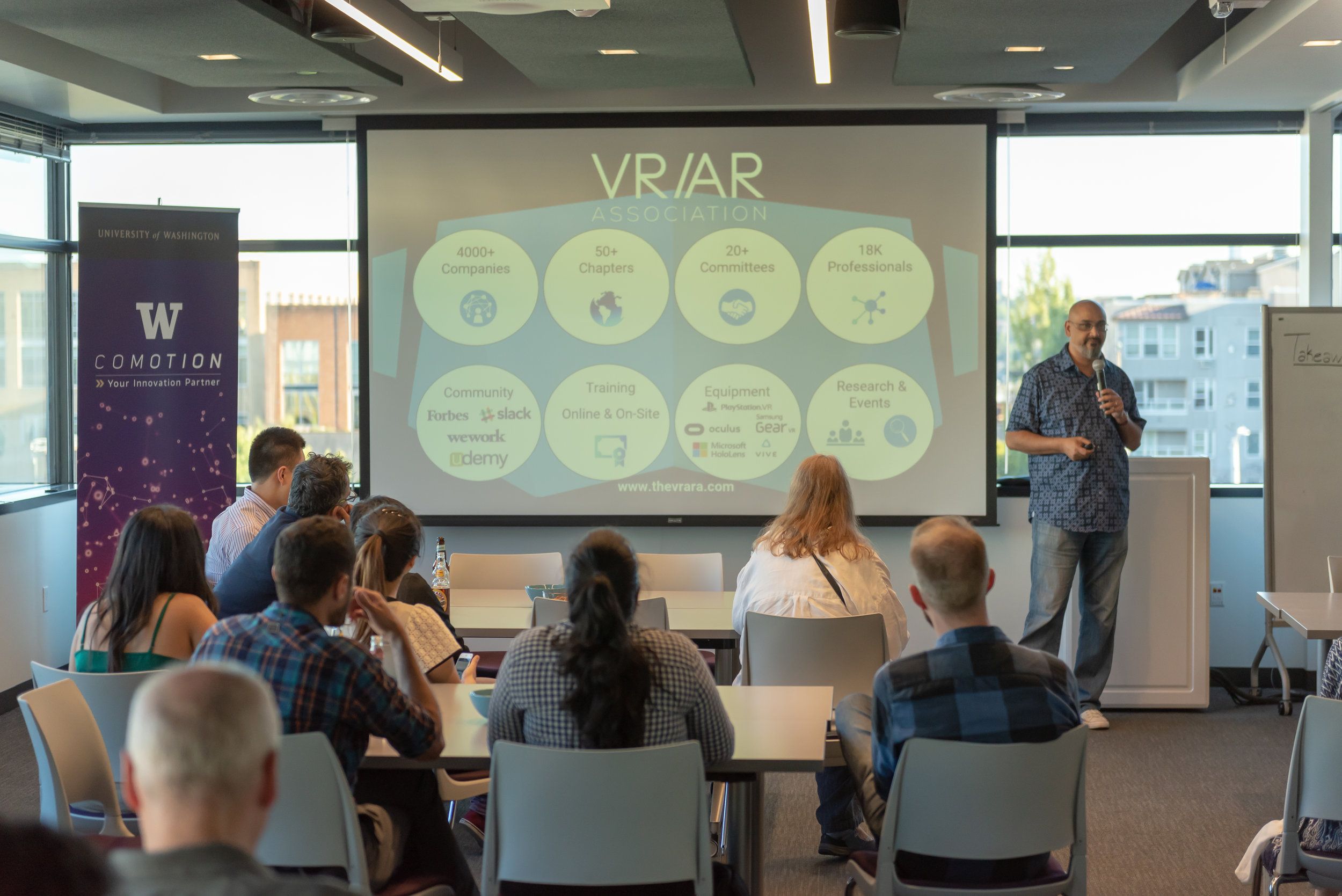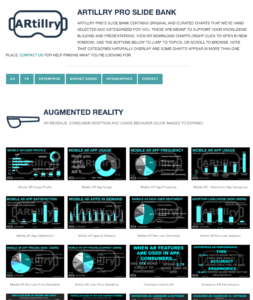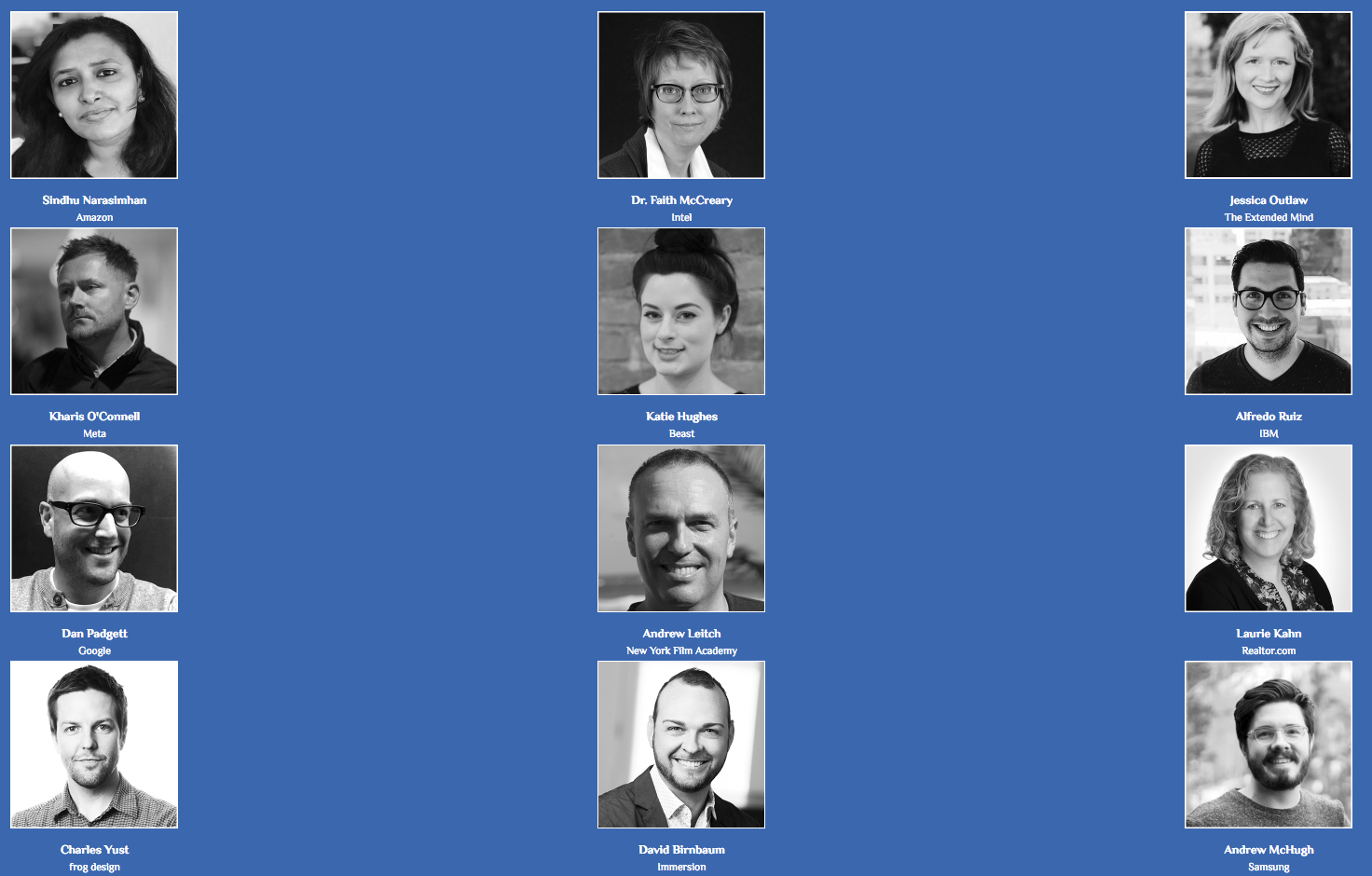September 21st and 22nd the people’s XR conference, the VR/AR Global Summit, hosted by the VR/AR Association (VRARA) returns to Vancouver. The summit will bring together the XR industry from around the globe to discuss topics including education, entertainment, enterprise, healthcare, retail, training, blockchain and more. Featuring keynote addresses, engaging panels, educational workshops, networking opportunities, demos, and product launches and parties. “The VR/AR Global Summit continues the mission of the VR/AR Association of facilitating growth, knowledge andconnections across the globe, and across industry verticals,” said Nathan Pettyjohn, Founder and President of the VR/AR Association, who is now CMO of Quantum Capture.
Vancouver is home to over forty thousand Film, TV, VFX, Animation, and Video Game professionals is one of the world’s VR/AR hotspots. Sony Pictures Imageworks, Industrial Light & Magic (ILM), MPC, Double Negative, DHX Media, Animal Logic and Bardel Entertainment all have offices there. Vancouver also has one of the top Video Game clusters in the world — one that includes major publishers such as, Electronic Arts (EA), Microsoft, Capcom and Nintendo.
The list of over 100 speakers is as long as it is impressive. Featured speakers include Pettyjohn, Frank Soqui, GM of VR at Intel, Joanna Popper, head of VR at HP, Darren Bennett, Creative Director, Mircosoft, Kyle Roche, GM of VR at Amazon, author and futurist Cathy Hackl, Timoni West, Director of XR Research for Unity, Tom Emrich of Super Ventures, and author and columnist Charlie Fink (disclosure: I also advise the NY Chapter and participate in the LBVR working group).
I call it the VRARA Summit “the people’s XR conference” because the VRARA is comprised of chapters all over the world, which convene to network, demo, and exchange best practices in their cities. Those chapters are comprised of tech enthusiasts and professionals who would otherwise have to travel to a metropolis like New York or San Francisco to attend a meetup. In addition to community, white papers, and an extensive membership list, VRARA members can rent expensive VR and AR equipment. All this critical to the development of a nascent medium.
The conference last year was attended by over 750 XR professionals on the Industry Day, with the entire event attracting 5000 people over 3 days for the expo. At the end of 2016, the original owners of the show decided not to continue with CVR and the VRARA saw the opportunity to fill the gap, and the VR/AR Global Summit was created. The VRARA will build on the momentum of CVR, plus use its global reach to bring together brilliant and creative minds in Vancouver in September. The show retains the same Executive Producer and will see the return of great speakers, sponsors, and exhibitors from the previous year. “Archiact started CVR in 2016, and recently rebranded to Vu: Defy Reality. We had a big vision for CVR/Vu and we knew its mission was broader and grander than Archiact. Now the event has reached this point, and we are happy to hand it off to VRARA, who have renamed it VR/AR Global Summit. We know that the VRARA can take it to the next level, which is bringing together people who are passionate about VR & AR, and accelerating global adoption across many business sectors. Best of luck to the VR/AR Global Summit in 2018 and all the coming years,” says Derek Chen, President of Archiact.
VRARA has over 4,100 companies registered and over 50 chapters globally, and 20 industry committees. VRARA programs & initiatives are designed to accelerate your growth, knowledge, and connections. “VR/AR Global Summit is designed to bring together both industry-leading solution providers as well as the brands and companies looking to deploy these types of technologies to improve and enhance their business. In addition to enterprise, we also have an exciting gaming and entertainment program at Global Summit," says Kris Kolo, Global Executive Director, VRARA.
Charlie Fink is an AR/VR consultant, columnist, speaker, and author. As a 27-year-old junior executive at Disney, Fink created "The Lion King". For this sin, he was promoted to VP of Story Development for feature animation. In the 90s he oversaw the expansion of Virtual World
Charlie Fink is a former Disney & AOL exec and Forbes columnist. In the 90s, he ran VR pioneer Virtual World. He's the author of Charlie Fink's Metaverse, An AR Enabled Guide to VR & AR.
Source: Forbes
See more and get tickets for the VR/AR Global Summit here




































